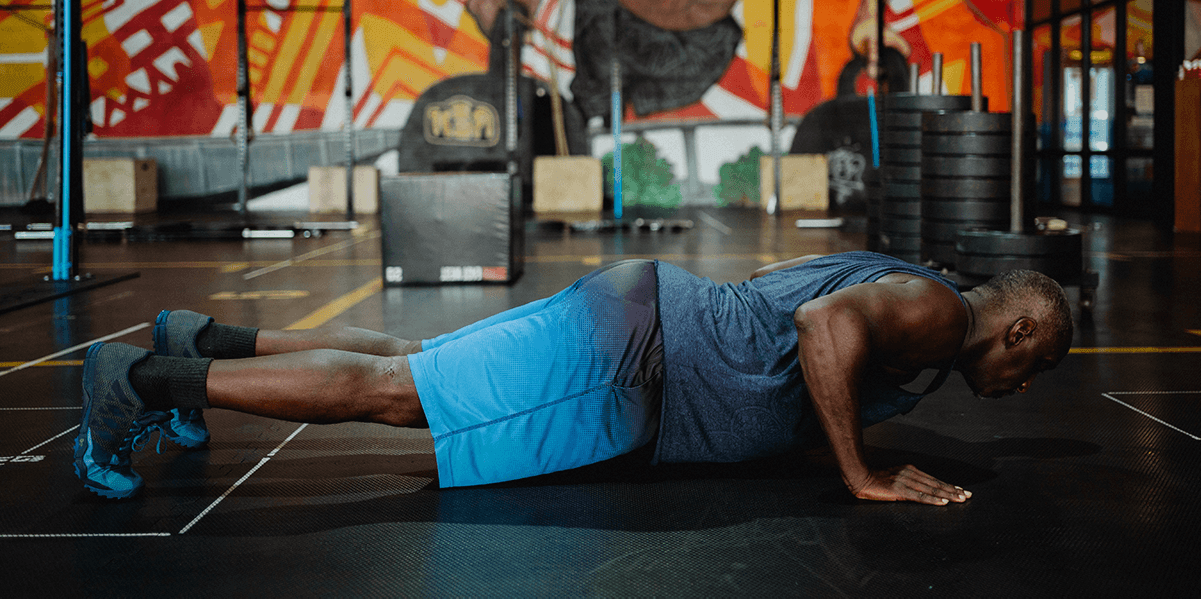When you inoculate yourself to stress, you tend to perform better, and it’s great to get a first look at how that feels when the stakes aren’t very high. That way, you can kill it when the actual competition rolls around.
What is Stress Inoculation?
Stress inoculation is centered around getting comfortable in situations that would normally induce stress - that way, when the situations happen for real, you won’t rocket into panic mode, and your body will understand more thoroughly how to respond.
While in the situation, instead of triggering a stress response like fight or flight, you can approach the task calmly and with a clear head.

How Can Athletes Use Stress Inoculation?
The key for athletes when utilizing stress inoculation is to train as if they’re in a competition. By practicing with a competition in your mind, the real competition won’t feel like a huge, scary endeavor.
Nick Norris, co-founder of Protekt, uses stress inoculation while training for climbing.
“With climbing specifically, one thing that I found to be very beneficial in my training is adding stress through very particular timeframes for both rest and work. For instance, I've found that limiting rest time really works for me. I only get a minute thirty or two minutes off, then it's go time - and I’m doing that in succession. I’m also monitoring my rest between blocks; that has helped add stress to my workouts, and it adds a level of intensity that really has pushed me as a climber. You can apply that to any number of sports. When you start to constrain your rest versus your work, you’re putting yourself in a higher stress environment.”
Tim Duba, another co-founder, agrees on this aspect of stress inoculation.
“If you’re training in adverse conditions, it’s even better. If you’re having to hike up a mountain or low crawl into position, at least you've been there, done that. There's that sense in your mind like ‘Okay, I’ve done this before.’ It's a lot better feeling than ‘Wow, I've never been in this position.’ I would agree with Nick - the more stressful you can make it, the better. When it doesn't count, per se, the better you're going to do when you're actually in it. If I'm training to do a 10k, I'm going to run at the worst possible times - either super early in the morning or in the midday heat when I really don't want to do it. So when I get to race day, if it's raining or something, I’m not sitting there like ‘Oh no, I've never I'm not gonna be able to hit my time because there's a factor I didn't count on.’”
Resistance Training
There are definitely similarities between stress inoculation and resistance training, but how does resistance training work?
Essentially, it’s all about making your training as grueling as possible - more grueling than the competition will be - so when you remove the stressors, the final performance will feel that much easier.
How to create a fitness plan depends on tailoring the plan to include elements of resistance to experience on a regular basis. For runners, that could mean running on sand instead of pavement.
Tim Duba: “Running on sand is definitely tougher. I think it works a lot more muscles, and it's also better for you. Because of the lower impact, and it builds up that tendon stretch in your feet and knees - all the stuff that breaks down on road running. So, it's a tougher run, but I think it does a lot for lung capacity and joint strength.”
Hand-in-hand, stress inoculation and resistance training work to mold a better, higher-performing athlete. Whether you’re a marathoner or a newbie in the gym, there are plenty of ways to find how these two techniques can work for you.
Like Nick Norris says, “Institute the stress when it doesn't count, then when it does count, you’ve got a lot of little extra fuel to help drive success.”















Leave a comment
All comments are moderated before being published.
This site is protected by hCaptcha and the hCaptcha Privacy Policy and Terms of Service apply.